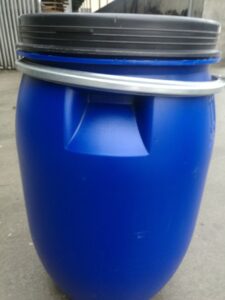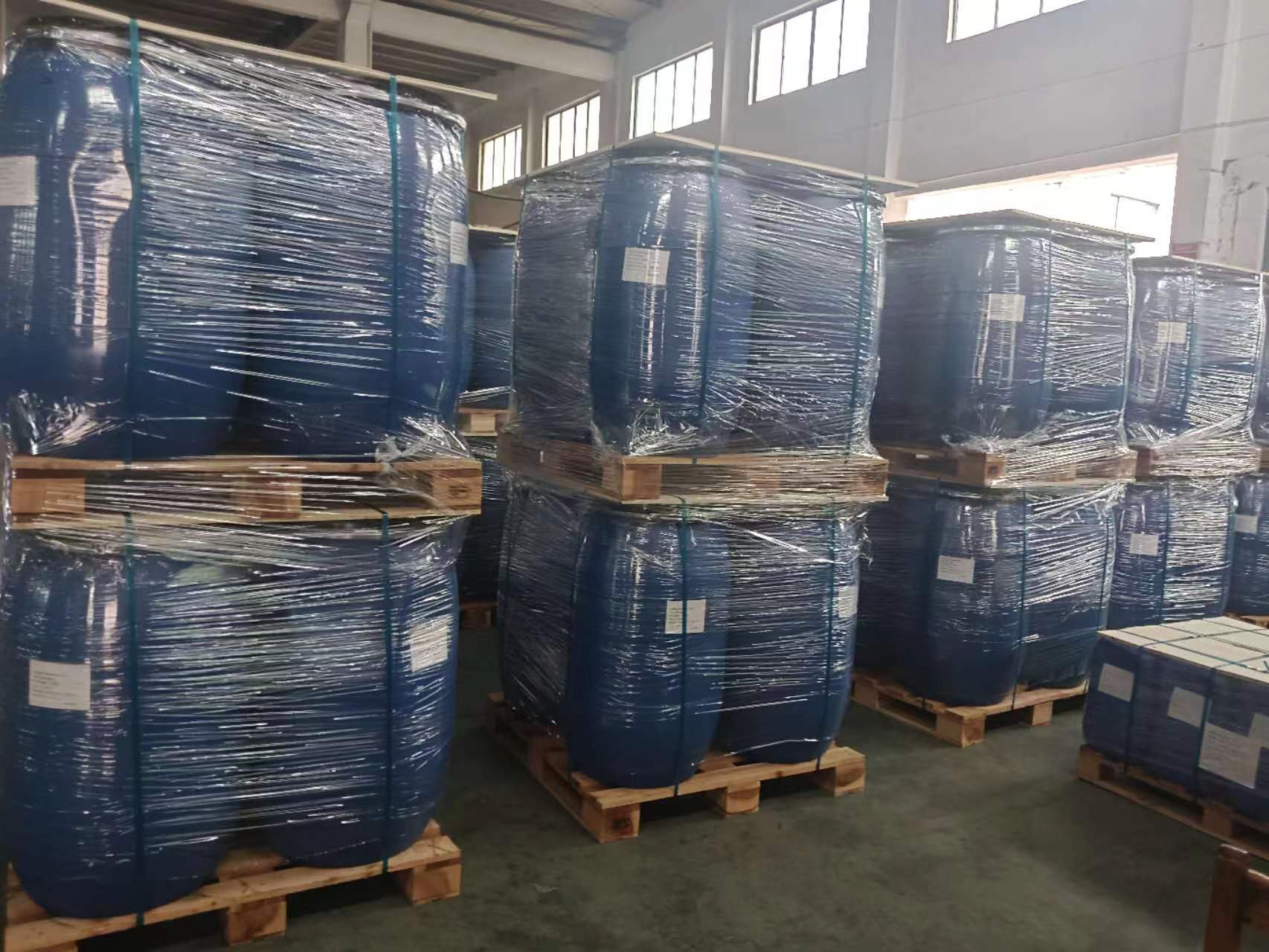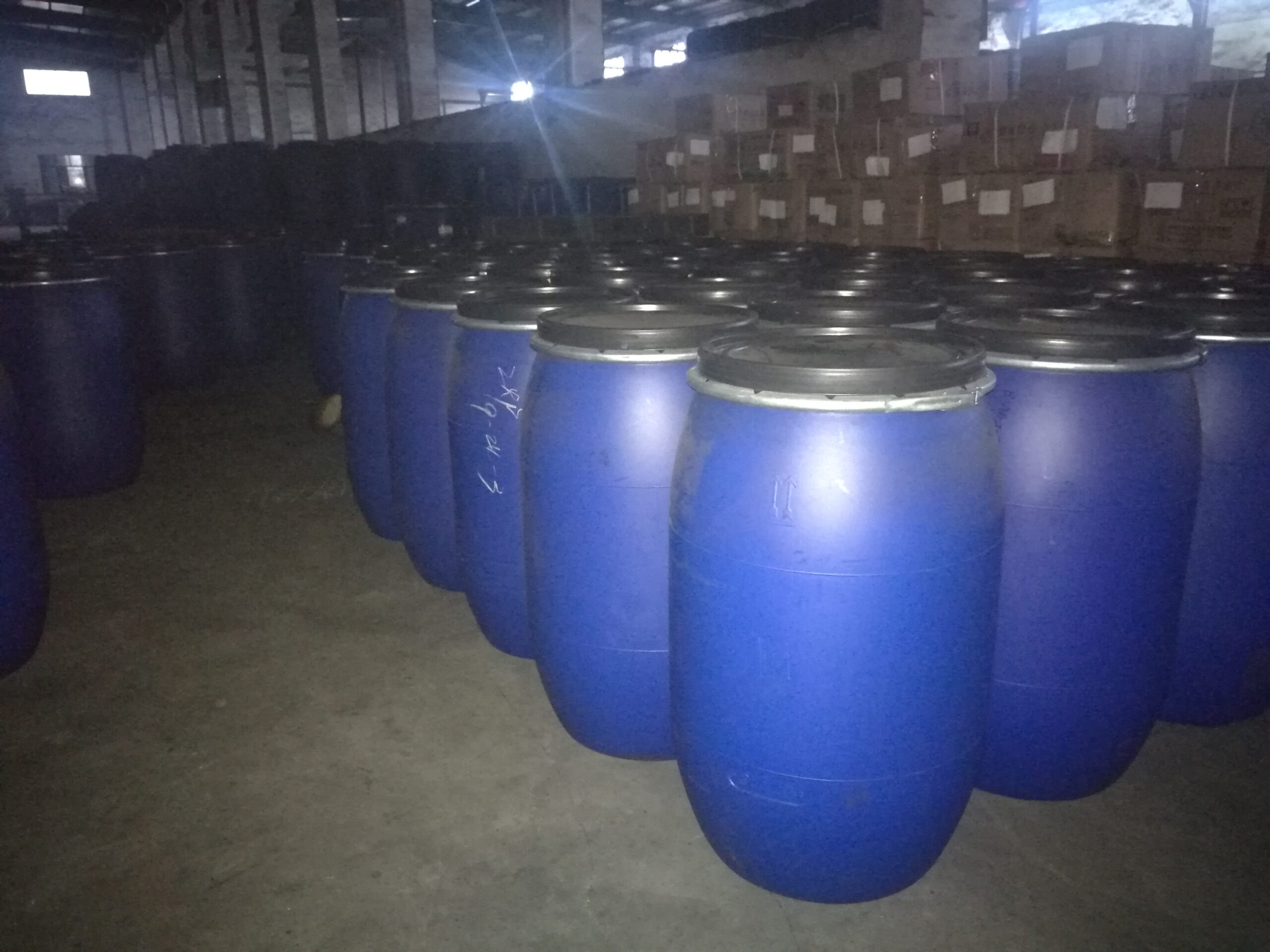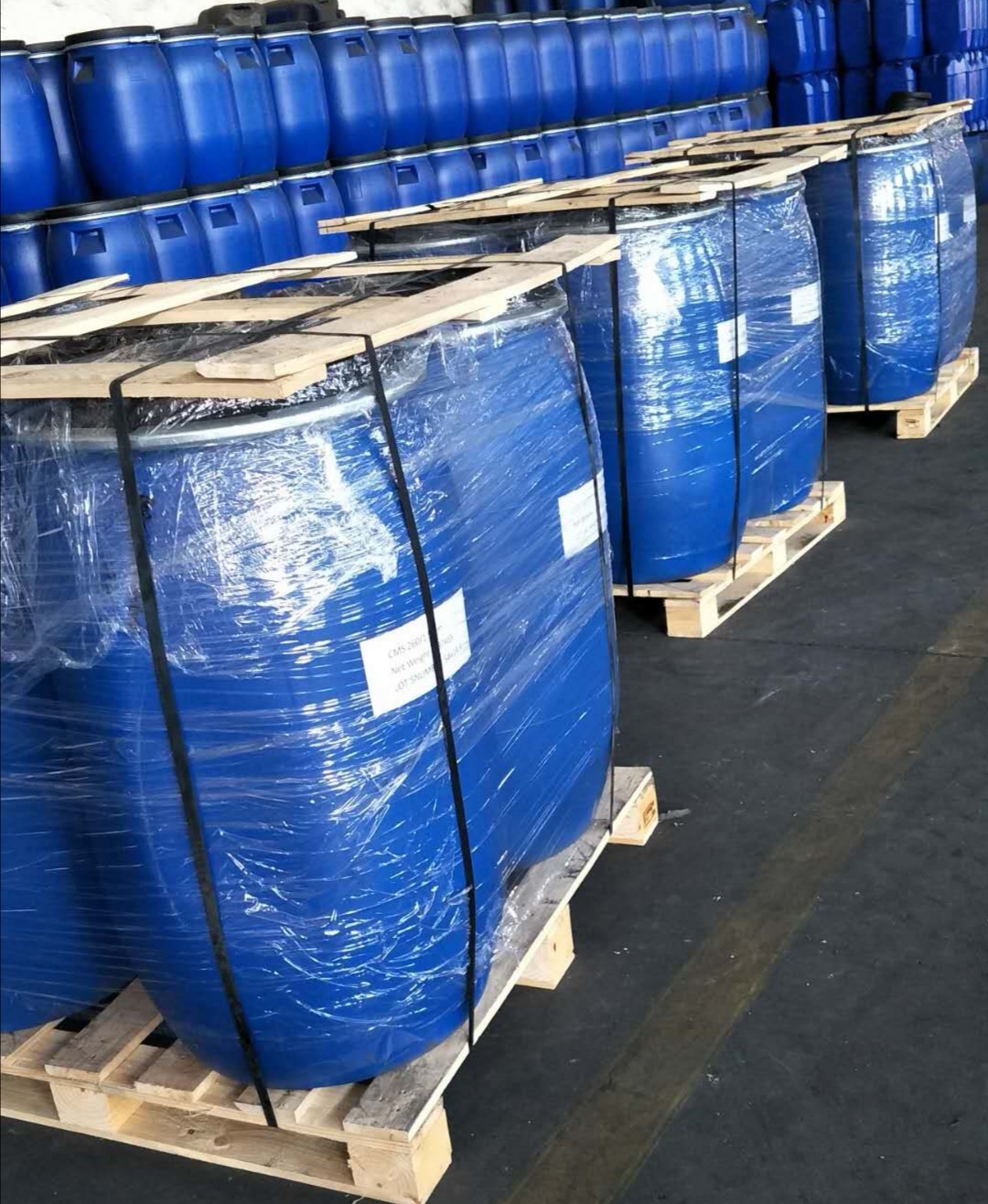How to improve the adsorption capacity of carbon molecular sieves?
Carbon molecular sieves are highly efficient materials widely used in gas adsorption and separation. Their structure and chemical properties make them have excellent adsorption capacity and selectivity. However, in some cases, their adsorption capacity may be limited and needs to be further improved. This article will discuss some possible methods to help improve the adsorption capacity of carbon molecular sieves and make them more effective.
Understanding the structure and properties of carbon molecular sieves is important for improving their adsorption capacity. Carbon molecular sieves are composed of a series of nanoscale pores, which are uniform in size and have high surface activity, capable of adsorbing and separating different molecules. Therefore, optimizing the pore structure of carbon molecular sieves is the key to improving their adsorption capacity.
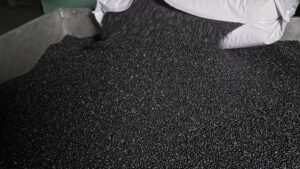
One method to improve the adsorption capacity of carbon molecular sieves is to adjust the pore size and distribution. By choosing the appropriate carbonization agent and regulating the carbonization temperature, the size and shape of the pores in carbon molecular sieves can be controlled. Studies have shown that pores of appropriate size can adapt to the size and shape of the adsorbed substances, thereby improving the adsorption efficiency. In addition, adjusting the pore distribution can increase the adsorption surface area and improve the adsorption capacity.
Secondly, increasing the active sites on the surface of carbon molecular sieves can also improve their adsorption capacity. Active sites refer to the chemical functional groups on the surface of carbon molecular sieves, such as hydroxyl groups and acid groups. These active sites can undergo chemical reactions with the adsorbed substances, increasing the adsorption capacity. A common method is to introduce active sites during the preparation process, such as chemically modifying the surface of carbon molecular sieves or introducing nitrogen, sulfur, and other atoms to increase the density and variety of active sites.
In addition, adjusting the surface charge of carbon molecular sieves is also an effective method to improve their adsorption capacity. Studies have shown that the surface charge state of carbon molecular sieves has an important influence on the adsorption effect for certain gases and ions. By regulating the pH value, surface potential, and introducing electron donors or acceptors, the surface charge properties can be controlled. Specifically, increasing the negative surface charge can enhance the adsorption of positive ions and most gases, while increasing the positive surface charge is beneficial for the adsorption of negative ions and certain specific gases.
In addition to structural and surface regulation, optimizing the preparation process and post-treatment of carbon molecular sieves can also enhance their adsorption capacity. For instance, adjusting the composition and proportion of the carbonization agent, as well as optimizing the carbonization temperature and time, can yield carbon molecular sieves with more suitable pore sizes and distributions. Moreover, methods such as activation treatment, pyrolysis treatment, and temperature oxidation can open up the pore channels of carbon molecular sieves and increase their surface area.
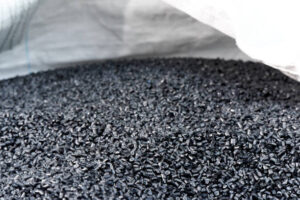
The adsorption performance of carbon molecular sieves is also closely related to operating conditions. Adjusting parameters such as temperature, pressure, and flow rate can maximize the utilization of the adsorption capacity of carbon molecular sieves. Additionally, regular regeneration and repair of carbon molecular sieves are crucial for maintaining their effectiveness. Common regeneration methods include pyrolysis, gas purging, and soaking, which activate the surface of carbon molecular sieves, remove adsorbed substances, and restore their adsorption capacity.
In conclusion, improving the adsorption capacity and effectiveness of carbon molecular sieves is a complex and important topic. By regulating the structure of carbon molecular sieves, optimizing active sites, controlling surface charge, optimizing the preparation process and operating conditions, and other methods, their adsorption efficiency and capacity can be enhanced, making them more effective. Future research should further explore the adsorption mechanism of carbon molecular sieves and optimize their adsorption performance to meet the demands of different fields.
